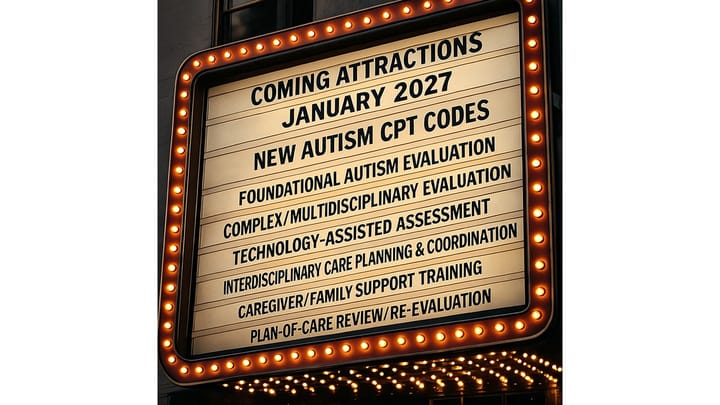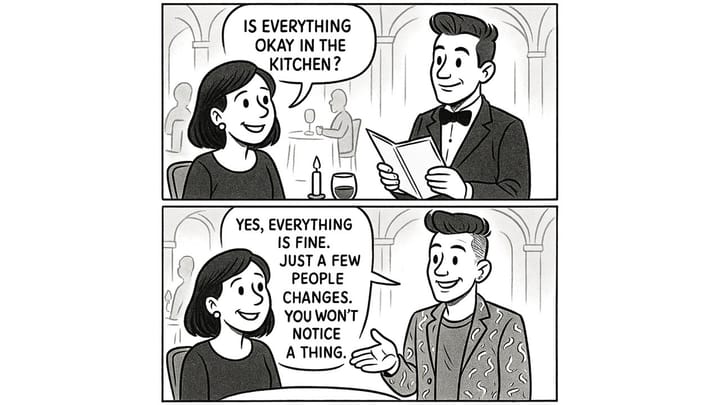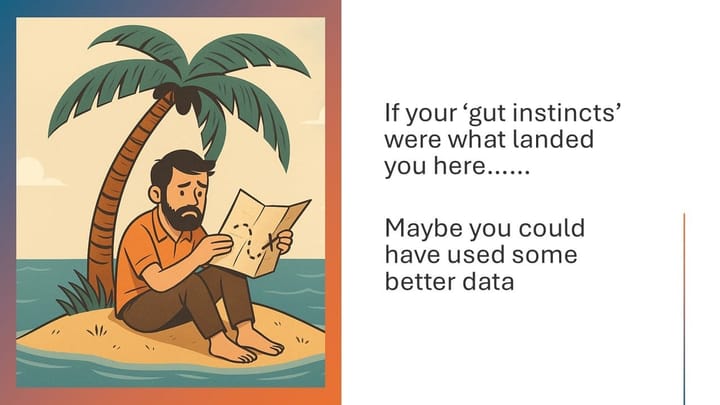After Intake: Should CRM Still Play a Role in ABA?

In most ABA organizations I’ve seen, CRM is treated as a pre-treatment tool—a way to capture leads, sign forms, check insurance, manage intake, and then hand off to the practice management (PM) or EHR system once therapy begins. After that handoff, the CRM often goes dark. Or, the PM platform becomes the 'go-to' for client interactions.
But is that the right approach? Or are providers missing a chance to deepen engagement and streamline operations?
The Current Gap
- PM/EHR Strengths: Clinical data collection, scheduling, documentation, and compliance.
- PM/EHR Weaknesses: Client-facing communication and proactive outreach can be afterthoughts.
- CRM’s Untapped Potential: Built for engagement, usually with ecosystem extensions for texting, reminders, surveys, portals, and workflow automations.
Some PM platforms built on ecosystems like Salesforce and Dynamics do enable post-intake interactions more naturally, because they’re designed for end-to-end relationship management. But that remains the exception, not the rule. Most providers still rely solely on their PM platforms for caregiver interactions after intake—and those tools are rarely optimized for parent-facing engagement.
Where CRM Could Add Value Post-Intake
Most providers stop using CRM after a child begins therapy, but there are areas where it could make a real difference:
- Reschedules & cancellations: Managing communications around last-minute openings so families are kept informed and supported.
- Parent engagement: Building communities, sharing resources, or supporting parent training.
- Surveys & feedback loops: Collecting NPS or quick progress check-ins outside of clinical notes.
- Insurance & prior auths: Tracking expirations, automating reminders, and streamlining re-submission workflows.
- Financial communication: Proactive reminders about patient responsibility, payment options, or benefits changes.
- Cross-program referrals: Connecting families to diagnostics, social skills groups, or sibling supports.
- Alumni engagement: Staying connected with families even after therapy ends—valuable for reputation, referrals, or advocacy.
The Video Angle
A recent conversation with Amol Deshpande and Sara Bollman of Frontera Health opened my eyes to how powerful video can be in this context.
Some providers are starting to record sessions, assessments, or progress clips that aren’t easily stored in their PM/EHR systems. A CRM with a secure portal could:
- Share progress with families: Parents see curated clips showing milestones over time.
- Enable parent uploads: Families securely upload videos of their child in natural environments—home, school, or community—for clinician review.
- Boost BCBA efficiency: Supervisors annotate or tag videos asynchronously, reducing the burden of live observation.
- Support training & resources: Distribute modeled interactions or parent training modules through CRM workflows.
- Engage payors: Video-based progress evidence could eventually strengthen outcomes discussions with insurers.
This reframes CRM as more than just a “marketing tool.” It becomes a two-way engagement hub, extending care beyond the session and giving families tangible ways to track and contribute to progress.
The Strategic Question
So the real question is: Should CRM extend beyond intake into the therapy journey, or should providers rely solely on PM/EHR tools once treatment begins?
Ignoring CRM post-intake might mean overlooking one of the most direct channels to families—the very people whose experience often defines whether a provider thrives.



